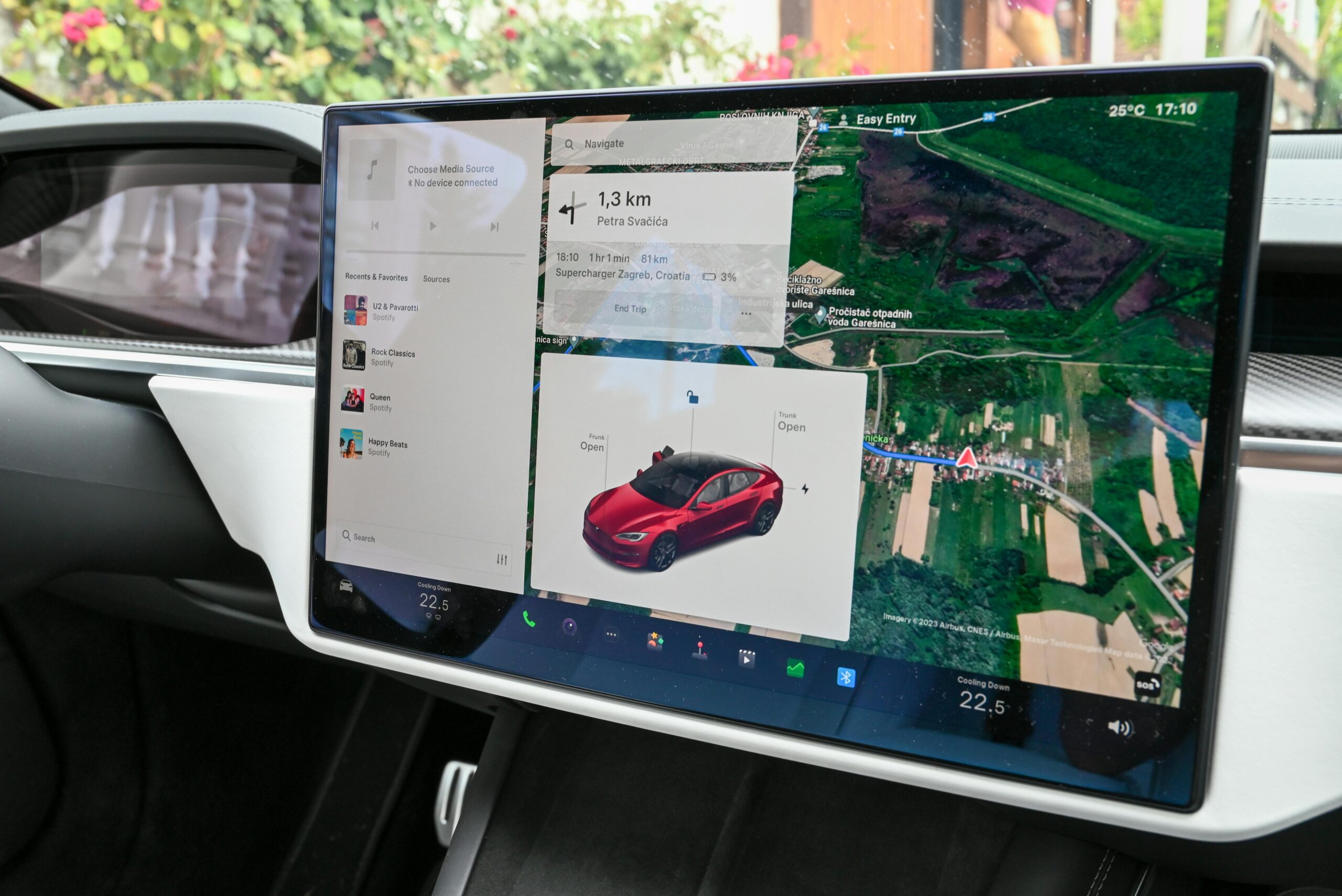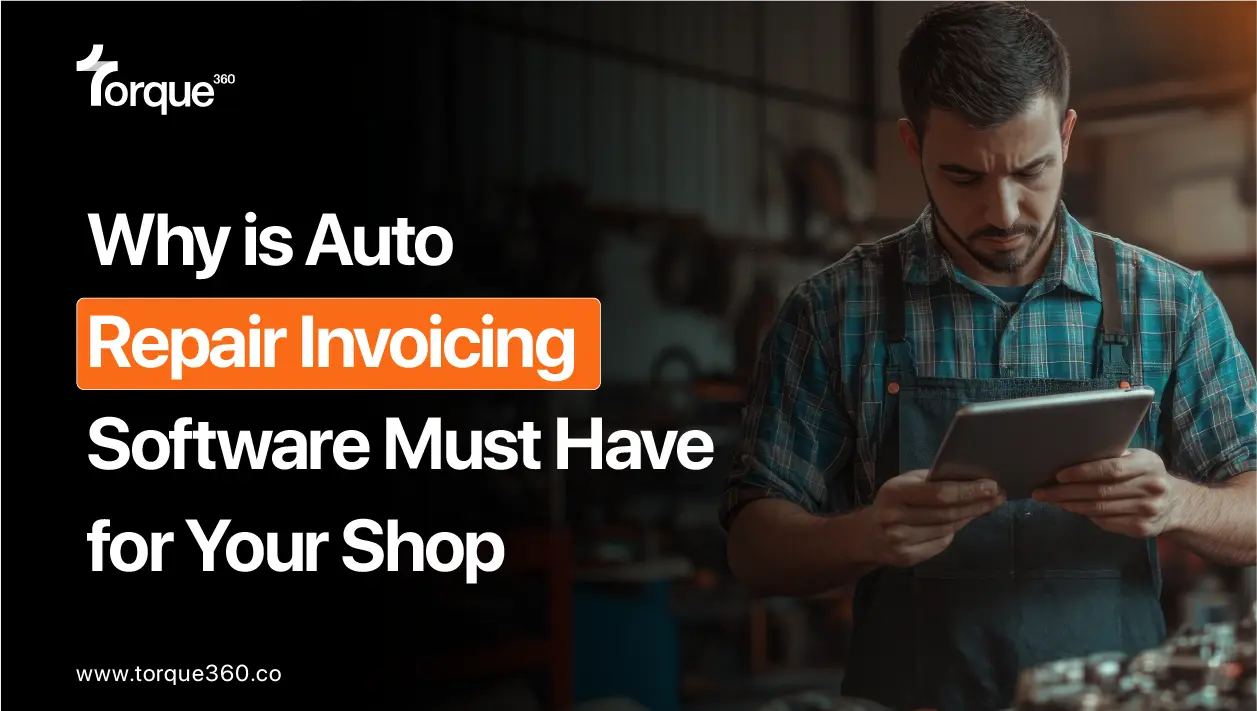In the fast-paced world of auto repair, operational efficiency is crucial to staying competitive and meeting customer expectations. One of the most effective ways to enhance your shop’s efficiency is by integrating your auto repair invoicing software with other critical tools used in your business. These tools could include customer relationship management (CRM) systems, inventory management software, scheduling platforms, and accounting solutions. When integrated, these systems work together to streamline workflows, minimize manual processes, and provide you with better control over your business operations. This article will explore why and how you should integrate your Invoicing software for auto shops with other shop tools and the numerous benefits of doing so.
Why Integration Matters in Auto Shops
In today’s auto repair industry, auto shops of all sizes typically use multiple software systems to manage various aspects of the business. These tools may include CRM software to manage customer relationships, inventory systems to track parts, scheduling software to manage appointments, and accounting platforms to handle financial reporting. While each system serves a unique purpose, when they operate in isolation, it often leads to inefficiencies, duplicated efforts, and errors.
Integrating your auto repair invoicing software with these other systems can bridge the gap between them, creating a seamless flow of data across your shop’s operations. This leads to more accurate and up-to-date information, reduces the need for manual data entry, and saves valuable time. The outcome is a more organized, efficient, and transparent workflow that can positively impact both your shop’s bottom line and the overall customer experience.
Key Benefits of Integrating Auto Repair Invoicing Software with Other Tools
1. Streamlined Workflow and Reduced Errors
One of the primary benefits of integrating invoicing software with other tools is the reduction in manual processes. Automation is the key to efficiency, and integrating invoicing with scheduling and inventory management systems allows your software to generate invoices automatically based on the details entered during service. When your invoicing system pulls data directly from your inventory and scheduling systems, it ensures that invoices are accurate and complete, reducing human error and the need for manual data entry.
For example, when a technician completes a repair, the invoicing software can automatically create an invoice using the parts and labor data pulled from the job schedule and inventory system. This real-time invoicing eliminates the risk of discrepancies and ensures your shop runs smoothly, with fewer mistakes and faster billing cycles.
2. Enhanced Customer Experience
When invoicing software is integrated with other tools, it can significantly improve the customer experience. One of the most noticeable advantages is faster and more accurate billing. Since the invoicing data is drawn directly from other systems like the CRM or scheduling tool, customer details, service history, and job information can be automatically populated onto the invoice. This reduces the need for customers to repeat information, which makes the process faster and more convenient for them.
Moreover, seamless integration helps you provide more personalized service. By linking invoicing with CRM systems, you can access a customer’s entire service history, allowing for better communication and a more tailored experience. The end result is higher customer satisfaction and a stronger relationship with your clients.
3. Better Inventory Management
Inventory management is crucial in an auto repair business. Running out of parts or using expired items can disrupt your operations and harm your reputation. However, integrating auto repair invoicing software with your inventory management system ensures that inventory levels are automatically updated when parts are used.
For instance, when a part is included in an invoice, the invoicing software can automatically deduct it from your inventory. This provides a real-time view of your stock levels, helping you avoid stockouts and over-ordering. With accurate inventory data, you can make more informed purchasing decisions, reducing waste and improving cost control.
4. Accurate Financial Reporting and Accounting
Integrating your auto repair invoicing software with your accounting software, such as QuickBooks or Xero, ensures that your financial records are always accurate and up to date. When your invoicing data automatically syncs with your accounting system, it eliminates the need for double-entry and helps prevent errors.
This seamless integration allows you to track payments, revenue, and expenses in real time, making financial management more straightforward. When payments are made or invoices are updated, your accounting system reflects these changes instantly, ensuring that your financial reports are accurate. This level of integration makes end-of-month reconciliation and tax filing much easier, saving you time and reducing stress during tax season.
5. Improved Scheduling and Job Tracking
Integrating auto repair invoicing software with scheduling and job tracking tools creates an efficient flow from customer appointment booking to job completion and invoicing. When a customer books an appointment, the scheduling system can send the relevant job data to the invoicing software, which can generate a draft invoice in advance. This ensures that no time is wasted in generating invoices once the job is completed.
Job tracking tools that monitor the progress of ongoing repairs can also be connected to the invoicing system, ensuring that the invoice is updated automatically as the job progresses. This level of integration reduces delays in billing and ensures that the invoices reflect the most current data, improving the overall efficiency of the shop.
How to Integrate Your Invoicing Software with Other Tools
1. Choose Software with Built-In Integration Capabilities
The first step in achieving successful integration is to select invoicing software that offers built-in integration with the other tools your auto shop uses. Many auto repair invoicing software solutions are designed to work seamlessly with popular tools like CRM systems, scheduling platforms, inventory management, and accounting software. Before making a choice, ensure the invoicing software supports integrations with your existing systems.
Additionally, many platforms offer open APIs, which provide the flexibility for custom integrations if necessary. Be sure to verify whether the invoicing solution supports the specific integrations you require for your business.
2. Opt for Cloud-Based Solutions
Cloud-based invoicing software offers a significant advantage in integration. Cloud solutions allow for real-time synchronization between all integrated systems, making it easier to keep all your data up to date. This is especially important if your auto shop has multiple locations or if you need remote access to your systems. Cloud-based invoicing systems ensure that updates are automatically reflected across all platforms, helping you maintain consistent and accurate data.
3. Consider an All-in-One Shop Management Suite
If you’re looking for an easier integration process, consider opting for an all-in-one auto shop management suite that includes invoicing software along with CRM, scheduling, and inventory management tools. These suites are designed to work together out of the box, eliminating the complexity of managing and integrating multiple third-party systems.
An all-in-one solution helps create a unified system where data flows seamlessly between all platforms, making your shop more efficient and reducing the risk of errors.
4. Seek Expert Consultation
If you’re unsure about how to integrate your invoicing software with other tools, consulting an expert in auto shop software can be a valuable step. They can assess your current system, identify areas for improvement, and help you select the best integration strategy to meet your shop’s needs.
Popular Auto Shop Tools to Integrate with Invoicing Software
- CRM Systems: These systems store and manage customer information, including service history and contact details. Integration with invoicing software helps create personalized invoices based on the customer’s profile.
- Inventory Management Tools: These track stock levels and parts usage in real-time. Integration ensures accurate inventory counts and helps avoid stockouts and over-ordering.
- Accounting Software: Integration with platforms like QuickBooks or Xero simplifies financial reporting and ensures accurate revenue and expense tracking.
- Scheduling and Job Tracking Software: These tools help manage appointments and job progress. Integration ensures seamless invoice creation based on completed jobs.
Optimize Your Shop’s Operations with Integrated Invoicing Software
Integrating your Torque360 auto repair invoicing software with other shop tools is a powerful way to streamline operations, reduce errors, and enhance the customer experience. Whether you’re looking to improve inventory management, automate billing, or synchronize your accounting records, integration provides a range of benefits that can help you run your shop more efficiently.
By choosing the right invoicing software that integrates with the systems you already use, you can automate processes, improve accuracy, and focus on growing your business. Whether you’re running a small shop or a larger multi-location business, integration will support your efforts to provide exceptional service and maintain a profitable, well-organized operation.
Take the next step in streamlining your shop’s operations by selecting the right auto repair invoicing software and integrating it with the other tools you rely on for daily operations. This integration can significantly improve your workflow, save time, and help you focus on delivering the best possible service to your customers.



![Top 10 Truck Repair Invoice Software [2025]](https://blog.torque360.co/wp-content/uploads/2025/01/JAN_BLOGS_IMAGES-02.png)

